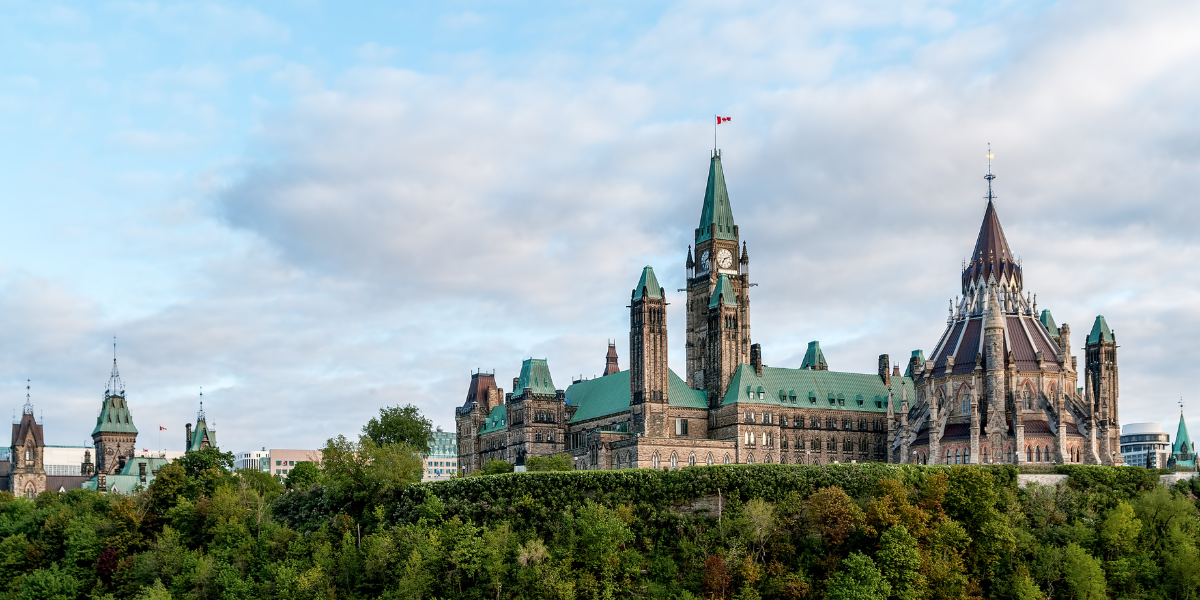In this 2-part series on government grant writing, we’re going to cover some of the basics when it comes to submitting proposals for government funding. You may find some of these steps to be a little different than applying for foundation grants.
Determine your eligibility
If there is an open call for proposals, there will be a section that lists eligibility requirements. You need to ensure that your organization meets all the requirements or is partnering with an organization that does. Eligibility requirements are fairly specific to individual funding streams, but there are some questions that are worth considering each time:
- Is this funding targeting a particular sector (health, education, emergencies)? Are you required to be delivering a certain kind of activities? Which costs related to activities are eligible?
- Is this funding prioritizing or exclusively targeting certain groups? Does your organization serve those groups, or are you led by members of these groups? Do you have experience working with the targeted groups and credible community connections?
- You may be required to have a certain number of years of experience delivering programs related to the proposal call. If so, you will likely need to be able to demonstrate that experience.
- Opportunities are sometimes targeted to organizations with a specific level of annual revenue. You may also need to have audited financial statements going back a certain number of years.
If you have gone through this checklist and still have questions, most funding opportunities list an email address where you can inquire for further information. This is always a good opportunity to engage government officials and help them to learn more about your work, as well as to signal your interest.
If you see an opportunity that interests you, but your organization does not meet all the requirements, you can consider partnering with another organization that does meet the requirements and may be interested in collaborating.
Should you apply?
Now that you have found available funding and you have determined your organization is eligible, you should go ahead and apply, right?
Well, not quite. I strongly recommend that every organization pause at this stage and reflect on some key questions. Just because you can apply for something, doesn’t mean that it is the best use of your organization’s time, energy, human resources, or even relationship capital with funders.
Some organizations that frequently apply for government funding have developed a go/no go decision-making matrix (often called an opportunity assessment) that helps them determine if they should apply to a particular funding stream. Depending on the size and complexity of your organization, you may or may not wish to adopt this kind of tool. Here are some sample questions to consider:
- How competitive is this funding opportunity? What is the likelihood that we will be successful?
- How much time will it take to develop an application? Who on our team has time to do this work? What other work will be postponed?
- If we are successful, are we capable of implementing the program? What are the risks to our organization in implementing this project?
- Is the funding being offered enough to cover all costs associated with delivering this program? If not, do we know where we will get the additional funding?
In Part 2 of our series, we’ll explore what to do once you’ve decided to apply, as well as once your proposal has been submitted.
Jesse Clarke is the founder of JN Clarke Consulting, which helps charities and nonprofits find success with government funding. Jesse has a proven track record over her 20-year career working with municipal, provincial, and federal governments, as well as international organizations, to affect policy changes and win funding for her charitable and nonprofit clients.







